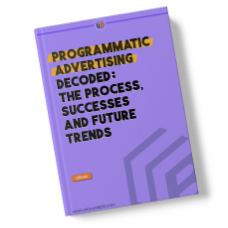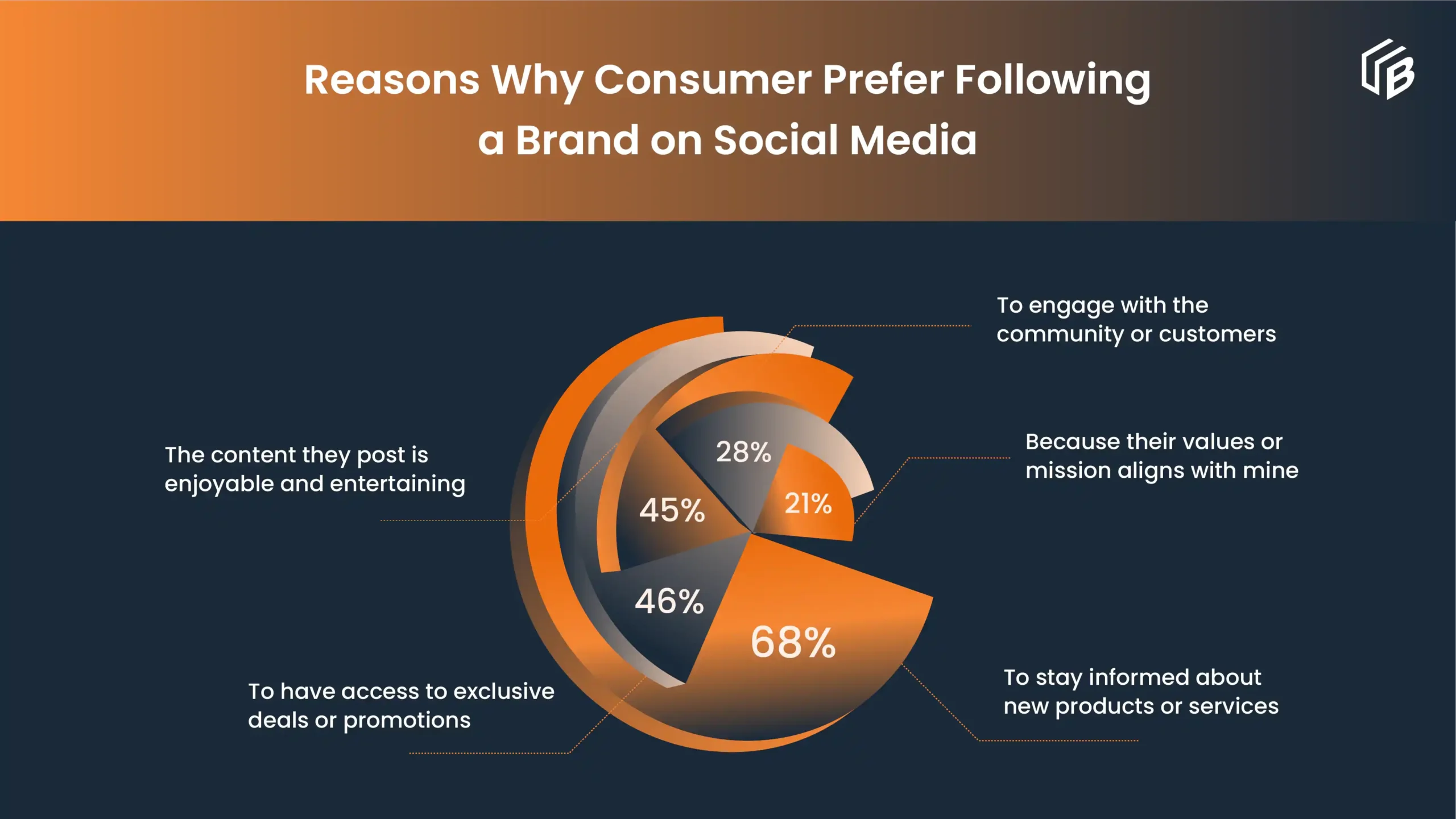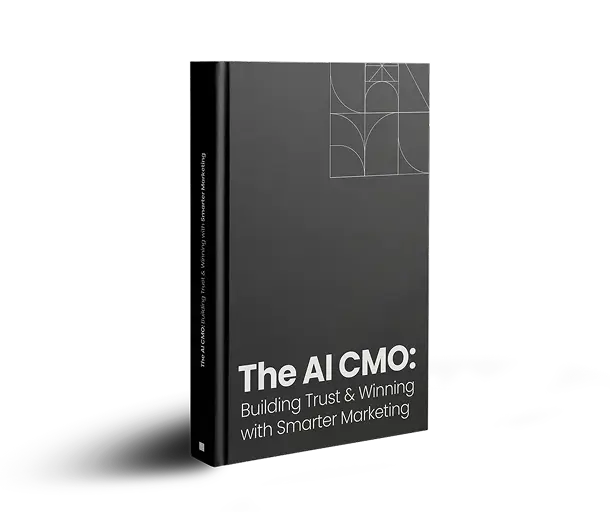
Digital advertising strategies are some of the best ways to reach more people, engage your audience, and drive leads, but it’s not as simple as just running ads. The digital world changes constantly, with new platforms and trends popping up all the time.
That’s why you need more than just ads, you need a solid digital advertising strategy. A clear plan helps you target the right audience, set realistic goals, and adjust your approach based on what works, so you’re not just spending money, you’re seeing real results.
Is Digital Advertising Worth the Investment?
Digital advertising has not only surpassed traditional channels but continues to dominate the advertising landscape. In 2024, global advertising revenues are projected to exceed $1 trillion for the first time, with digital advertising accounting for approximately 73% of this total.
For B2B businesses, investing in digital advertising can be highly profitable. For instance, businesses often see a return of $2 for every $1 spent on Ads, effectively doubling their investment.
Major platforms like Google, Meta, and Amazon play significant roles in this ecosystem, offering robust avenues for advertisers.
Consumer engagement on social media further emphasizes the importance of digital advertising strategy.These behaviors highlight the necessity for brands to maintain an active and strategic online presence.
Given these trends, establishing a strong digital presence is crucial. However, the key question remains: Which types of digital advertisements are most effective for increasing leads? Let’s explore this further.
Why Digital Advertising Matters for Lead Generation
Online lead generation allows you to connect with potential customers where they spend most of their time, on search engines, social media, and other digital platforms. According to recent studies:
- Over 91% of marketers consider lead generation their top priority.
- Businesses that use targeted digital advertising strategies see a higher conversion rate compared to organic traffic alone.
- Programmatic advertising, which automates the ad-buying process using data, is projected to account for 91.3% of all U.S. digital display advertising in 2024.
The key to successful lead generation isn’t just running ads but optimizing them to target the right audience, at the right time, with the right message. Let’s explore the top five strategies that can help you achieve this.
1. Display Ads – Boost Brand Visibility with Strategic Targeting
Display advertising is one of the most effective digital advertising strategies for increasing brand visibility and driving website traffic. These ads – like banners, images, and videos, appear on websites, apps, and social media platforms, helping you reach potential customers even when they aren’t actively searching for your product. Unlike traditional ads, display ads use smart technology to target the ICP at the right time, increasing the chances of conversion.
For B2B businesses, display advertising plays a crucial role in building brand awareness. Targeting users based on their interests and online behavior keeps your brand visible and helps nurture leads throughout the buying journey. When used strategically, display ads can generate more leads, increase sales, and strengthen brand recognition.
How Display Ads Work
Display ads use programmatic technology to target users based on factors like:
- Demographics – Target users based on age, gender, income, education level, and geographic location to ensure ads reach the most relevant audience.
- Interests and Behavior – Show ads to people based on their browsing history, purchase behavior, and online activity. Someone who frequently visits fitness websites, for example, might see ads for workout gear or health supplements.
- Retargeting – Remind people about your brand by showing ads to those who have previously visited your website. Retargeting helps increase conversion rates, with some studies showing up to a 70% increase in conversions.
Best Practices for Display Ads:
- Use Dynamic Ads to Personalize Content: Dynamic ads automatically adjust content based on user activity and behavior. For instance, an e-commerce brand can display products that a user previously viewed but didn’t purchase. Personalized ads increase relevance and drive higher engagement.
- Control Frequency to Avoid Ad Fatigue: Overexposing users to the same ad can lead to annoyance and lower engagement. Setting frequency limits helps maintain a positive user experience and improves the effectiveness of your campaign.
- Leverage Geo-Targeting for Precision: Displaying ads to specific regions or cities makes your ads more relevant to local audiences. Local targeting increases the chances of engagement and conversion, especially for businesses with physical locations.
Want to improve targeting and drive better results? Download our Programmatic Advertising Ebook and unlock expert tips for success.

2. Paid Search – Capture High-Intent Leads with PPC Ads
Paid search allows you to bid on specific keywords to have your ads appear at the top of search engine results (like Google and Bing). PPC is one of the most effective lead generation strategies because it targets users who are already searching for solutions that match your offerings. This means they are more likely to convert into leads or customers.
Why Paid Search Works
Unlike other forms of advertising that rely on audience interest or passive engagement, paid search taps into high intent users. When someone types in a query like “best CRM software for small businesses,” they are signaling a clear need and a readiness to engage or make a purchase. This makes PPC ads highly valuable because you’re reaching people who are further down the sales funnel and closer to making a decision. Moreover, PPC allows you to control your budget, target specific demographics, and adjust strategies based on real-time performance data.
Best Practices for Paid Search:
- Target High-Intent Keywords: Focus on long-tail keywords with clear purchase intent, like “affordable CRM for small business.”
- Optimize Your Landing Pages: Make sure the landing page is relevant to the ad and has a clear CTA.
- Use Negative Keywords: Exclude irrelevant terms to avoid wasting your ad budget on low-quality traffic.
PPC advertising helps you reach high-intent users at the moment they are looking for a solution. This makes it one of the most efficient ways to generate high-quality leads. Focusing on high-intent keywords, refining ad copy, and optimizing landing pages, you can drive consistent leads and improve your return on investment.
Paid search isn’t just about visibility, it’s about reaching the right people, at the right time, with the right message.
3. Social Media Ads – Engage Your Audience Where They Are
Social media platforms like LinkedIn, Facebook, and Twitter provide powerful targeting capabilities for B2B businesses. With millions of professionals actively engaging on these platforms, social media ads enable you to reach decision-makers and industry leaders based on job title, company size, industry, location, and professional interests.
Why Social Media Ads Work for B2B
Social media platforms collect detailed professional data, allowing you to create highly targeted and strategic campaigns:
- LinkedIn is the go-to platform for B2B lead generation, offering precise targeting based on job title, industry, company size, and seniority.
- Facebook allows you to create lookalike audiences and retarget visitors who have shown interest in your business, helping you nurture leads more effectively.
- Twitter is ideal for engaging with industry conversations, positioning your brand as a thought leader, and driving traffic to high-value content like whitepapers or reports.
- YouTube (used strategically) can be effective for delivering educational content such as product demos, case studies, and industry insights to key decision-makers.

Best Practices for Social Media Ads:
Use Lookalike Audiences: Target new prospects who share similar traits with your existing customers.
Test Different Ad Formats: Experiment with carousel ads, video ads, and single-image ads to see which format generates the most engagement.
Retargeting: Reach users who have engaged with your content but haven’t converted yet.
4. Email Marketing – Nurture Leads Through Personalized Campaigns
Email marketing is still one of the most effective ways to nurture leads and drive conversions. It gives you a direct line to your audience, allowing you to deliver personalized content based on their behavior and interests, whether it’s a product recommendation, a helpful guide, or a special offer.
Why Email Marketing Works
Email campaigns help you build a long-term relationship with potential customers by guiding them through the sales funnel with relevant, tailored content. It’s not just about sending emails, it’s about delivering value at the right time. Email marketing generates an impressive average ROI of $42 for every $1 spent, making it one of the highest-performing marketing channels available.
Best Practices for Email Marketing:
- Segment Your Email List: Divide your audience into different segments based on user behavior, industry, and interests.
- Use Dynamic Content: Personalize emails with the recipient’s name, location, and browsing history to increase engagement.
- Automate Follow-Ups: Set up automated email sequences to nurture leads after they download content or engage with your website.
5. Content Marketing – Build Trust and Authority
Content marketing is a powerful lead generation strategy that helps establish trust and authority with your audience. Informative blogs, engaging videos, and whitepapers position your brand as an industry leader while driving traffic and leads.
Why Content Marketing Works
Consumers are more likely to engage with brands that offer valuable insights and solutions to their problems. Effective content marketing helps you:
- Establish trust and authority by sharing expert knowledge.
- Improve search engine rankings, driving more organic traffic to your site.
- Nurture leads by guiding them through the buyer’s journey with relevant content.
- Increase engagement and brand loyalty through consistent, high-value content.
The key is to create content that addresses your audience’s pain points, answers their questions, and provides actionable solutions, making your brand the go-to resource in your industry.
Best Practices for Content Marketing:
- Create SEO-Optimized Content: Target specific keywords to rank higher on search engines.
- Use Multiple Formats: Combine blogs, infographics, videos, and social posts to engage different types of audiences.
- Include Strong CTAs: Encourage readers to take the next step, whether it’s booking a demo, downloading a guide, or signing up for a webinar.
To maximize the effectiveness of your online advertising, track key performance indicators like:
- Click-Through Rate (CTR): Percentage of users who click on your ad.
- Conversion Rate: Percentage of users who complete the desired action.
- Cost Per Lead (CPL): How much you spend to generate a lead.
- Return on Ad Spend (ROAS): Revenue generated per dollar spent on advertising.
Use A/B testing to refine your ad copy, design, and targeting based on performance data. Marketing automation platforms can also help you track and optimize ad performance in real time.
Final Thoughts
Digital advertising strategies for growing your business, but it’s all about getting the strategy right. To see real results, you need to target the right audience with the right message, design eye-catching banners, and choose the best keywords for your audience and goals.
We’ve covered some of the best options out there—display ads, paid search, social media ads, email marketing, and content marketing, along with how to make them work for you. But running ads isn’t enough. To keep the leads coming, you need to track what’s working, adjust to trends, and fine-tune your approach.
So, what’s your next move? What types of ads will you focus on, and how much time will you put into making them work?
Our blog
Latest blog posts
Tool and strategies modern teams need to help their companies grow.

Explore the differences between direct and programmatic ads, their trade-offs, when t...

Discover six hybrid B2B marketing event formats that drive real pipeline growth, enha...

Struggling to convert your SQLs? Learn the common mistake B2B companies make and opti...





